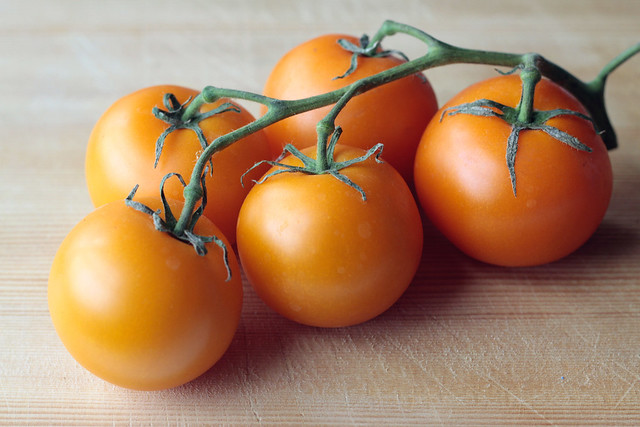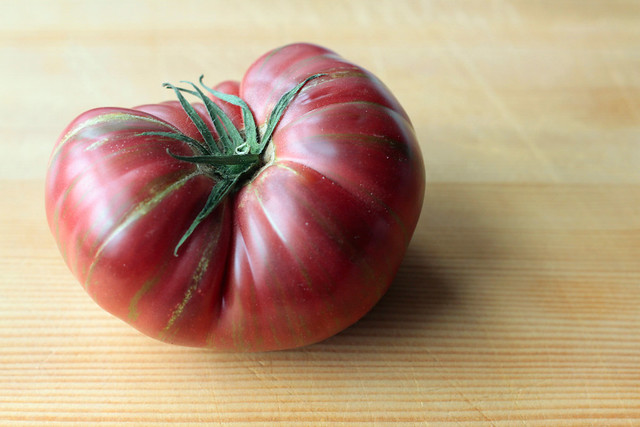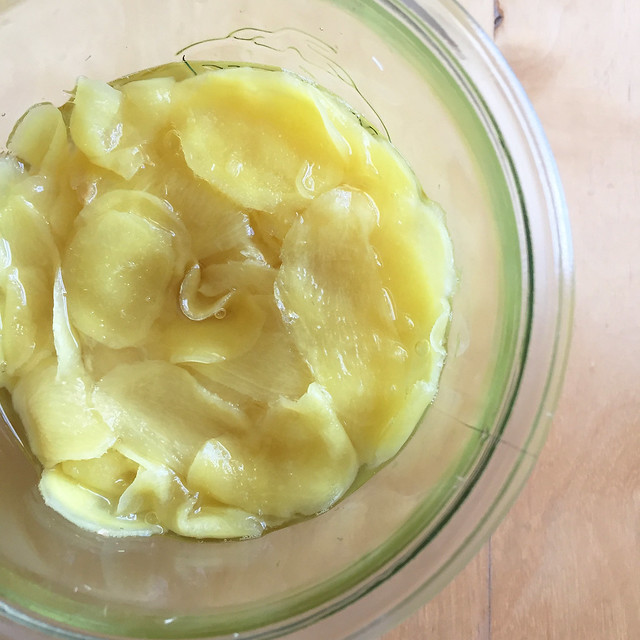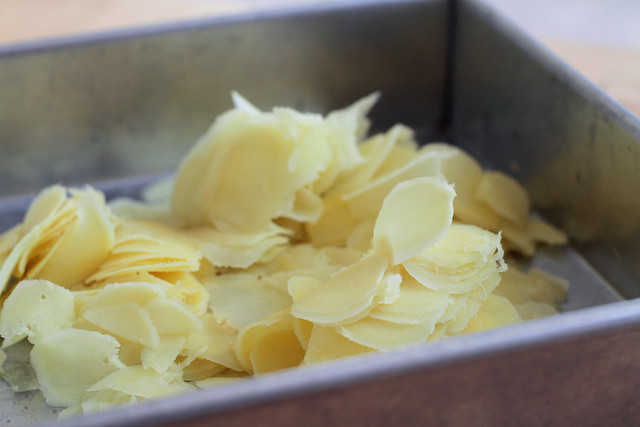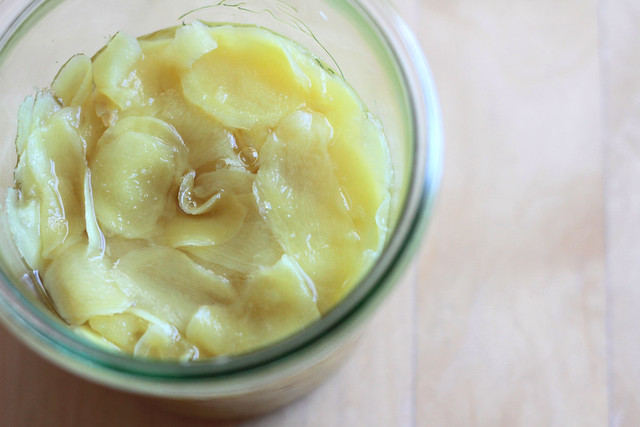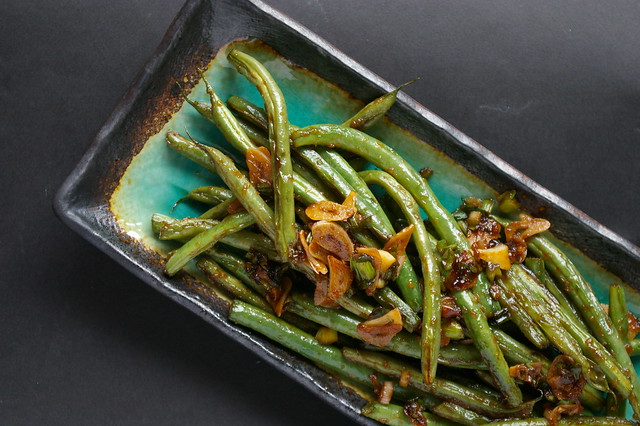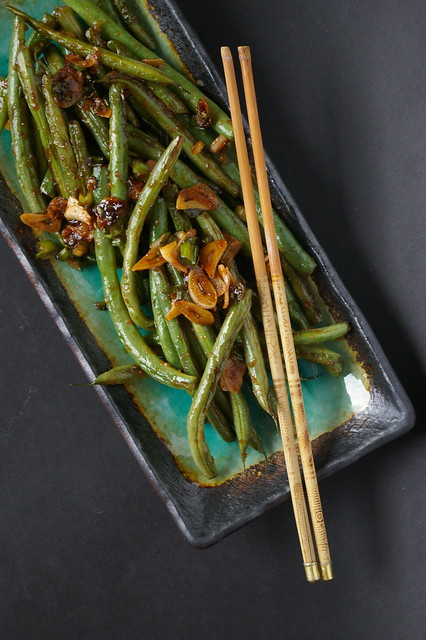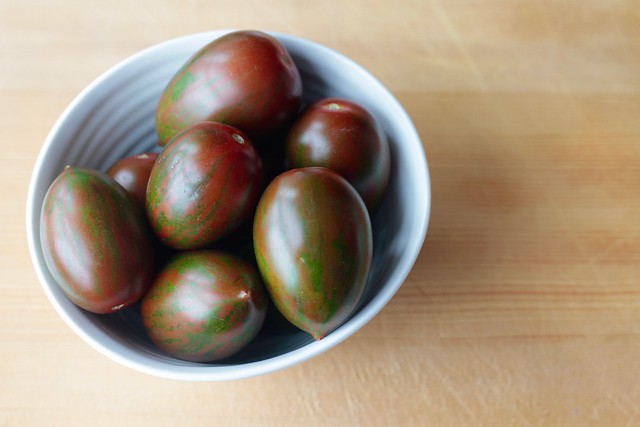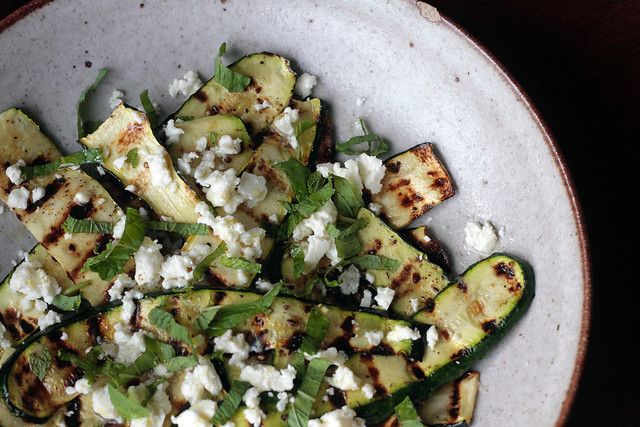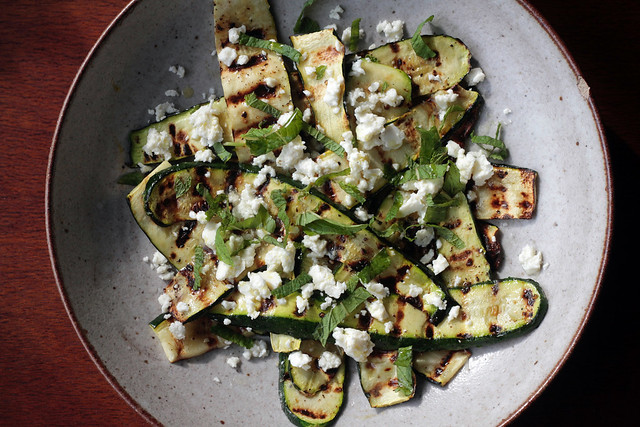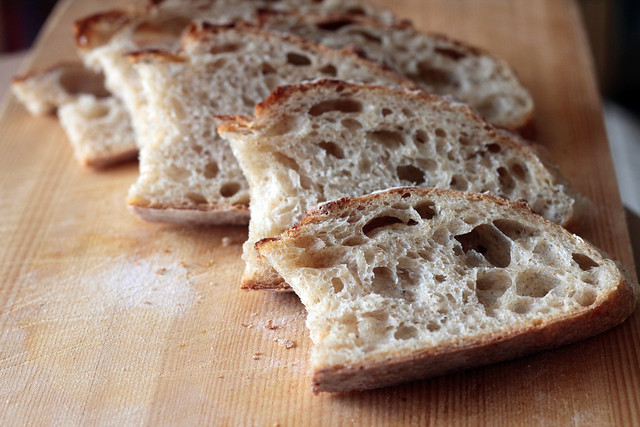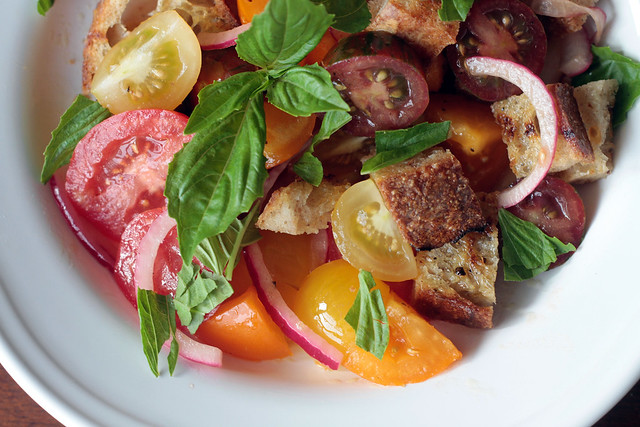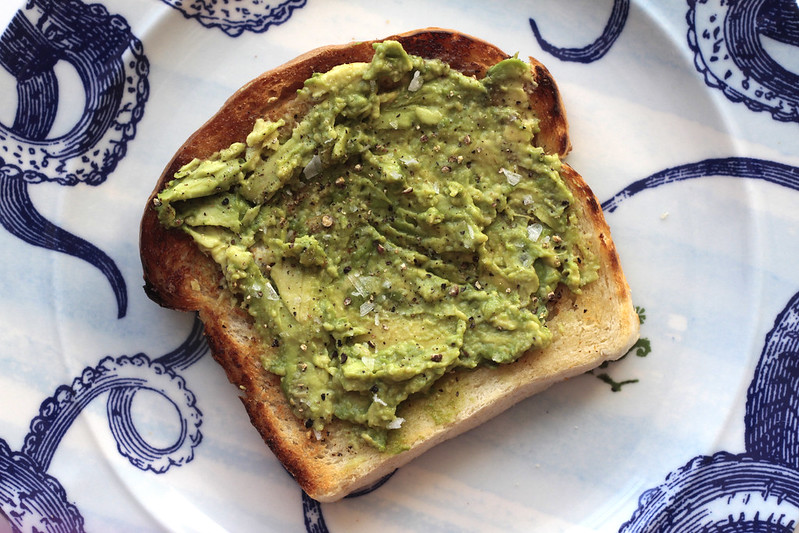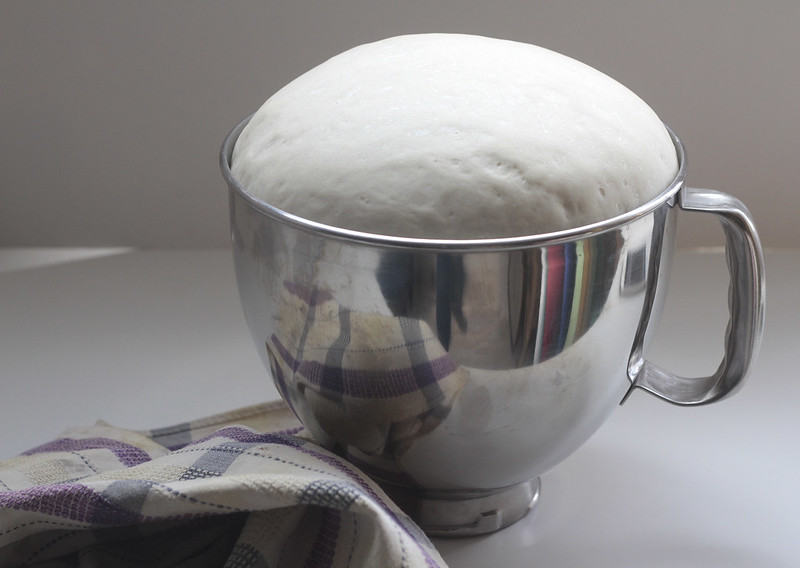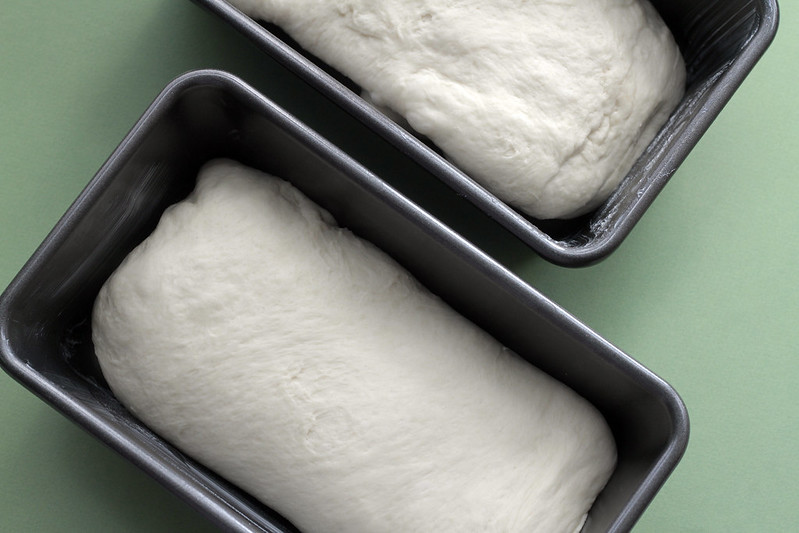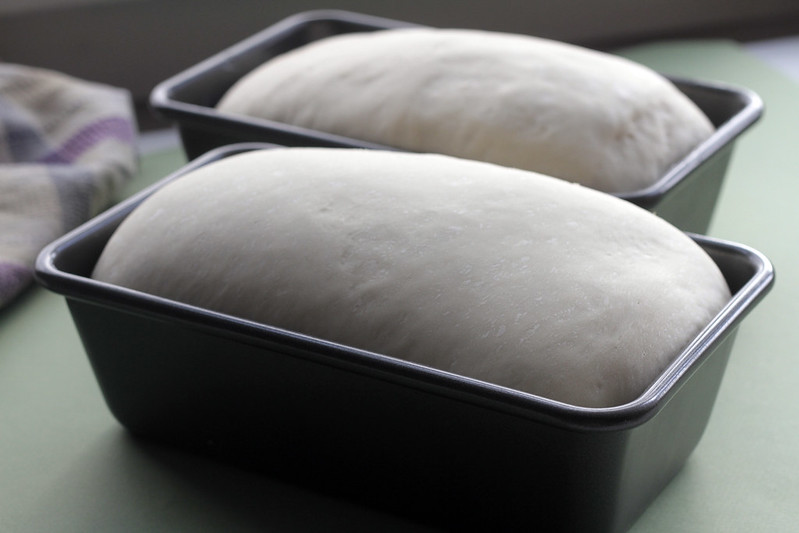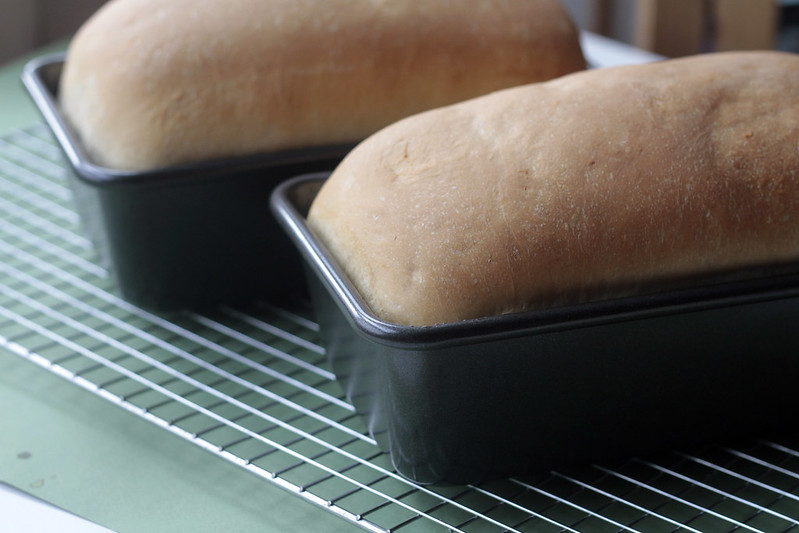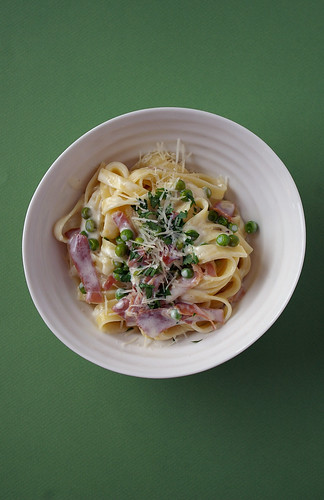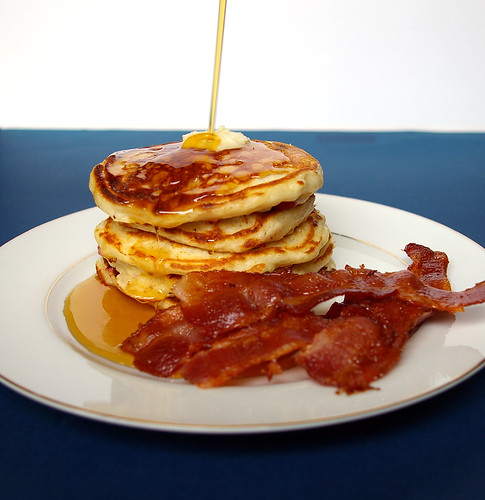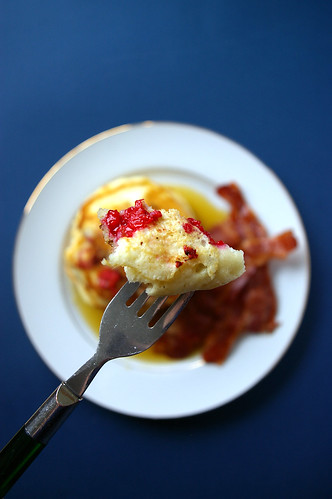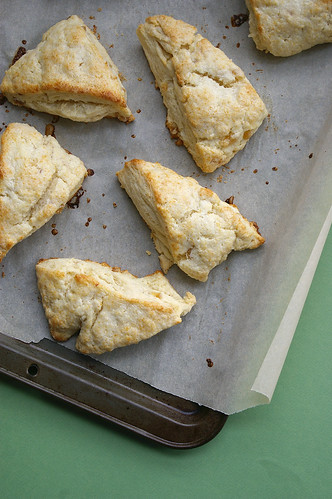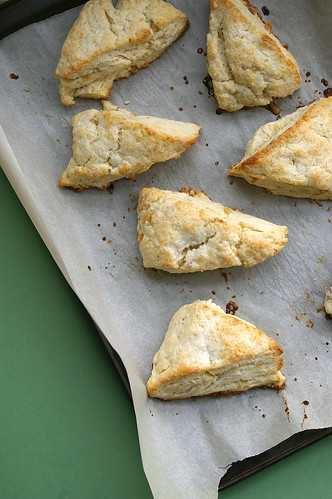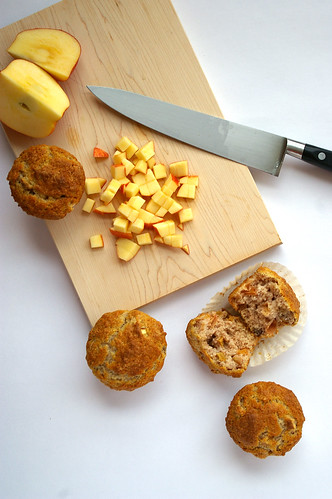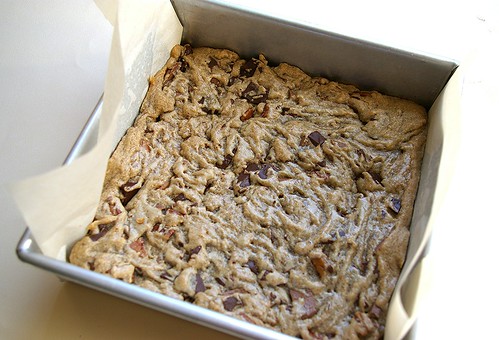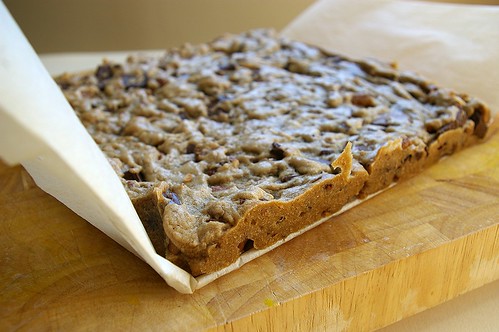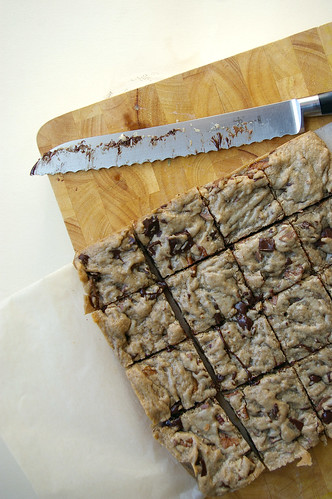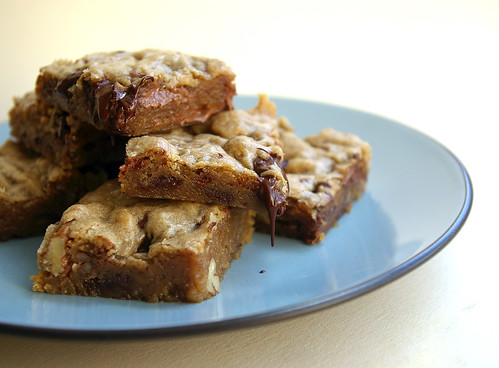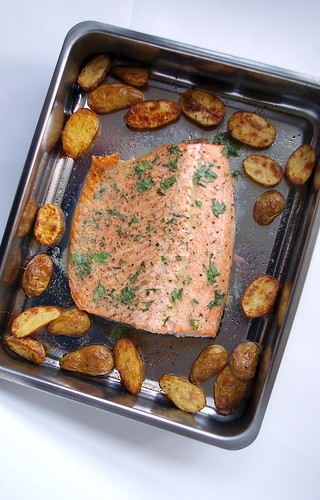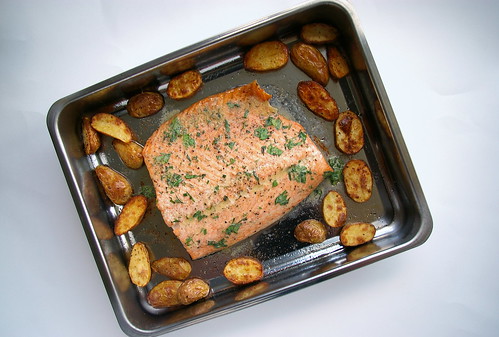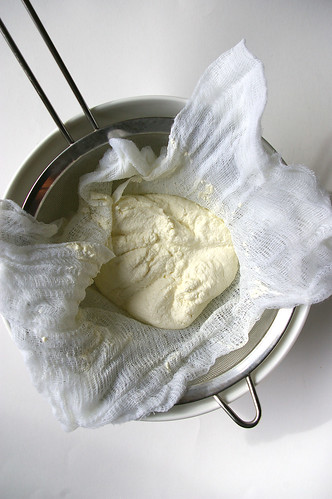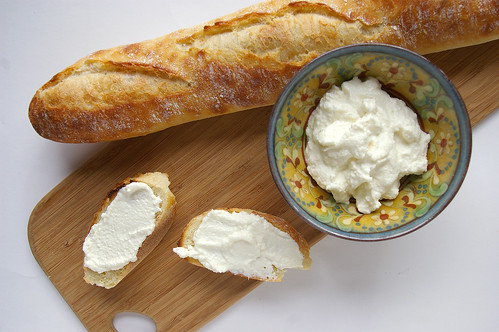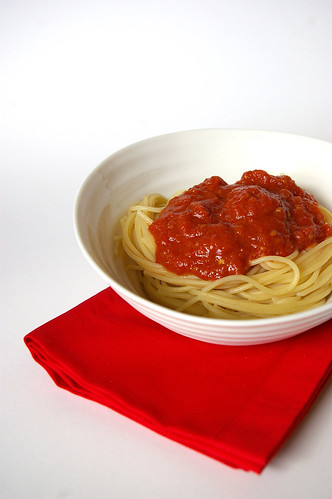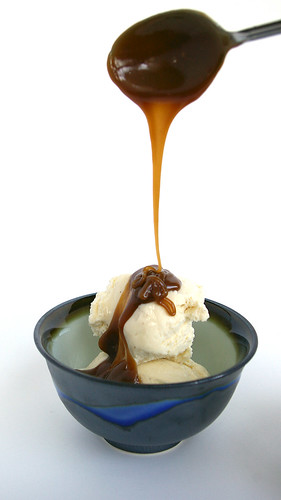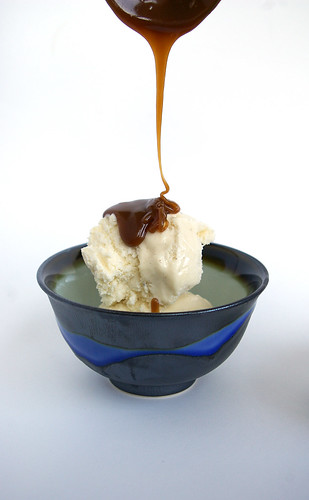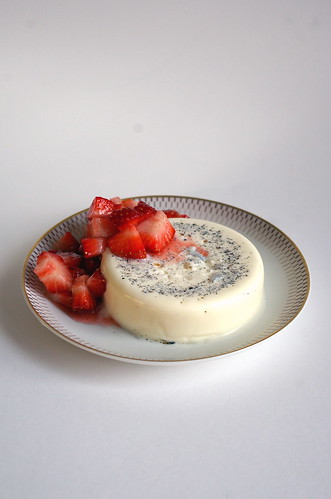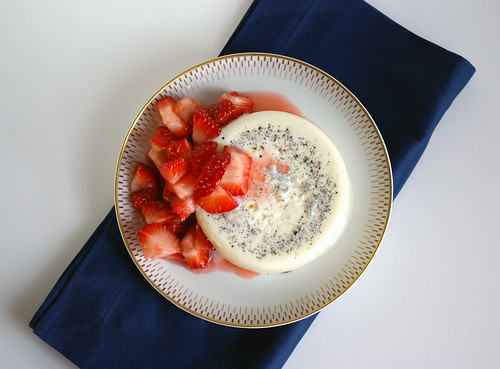For the better part of a year, I’ve been nattering on about how I’ve become addicted to a Bon Appetit recipe for toast.
Yes, toast. Though, also yes, Bon Appetit.
I’ve tweeted about it, told friends they have to try it and posted it (more than once) on Instagram.
I think Bon Appetit just posted a photo and description to their Twitter account and at the time I sort of thought, huh, and then carried on. I guess it stuck with me? Because at some point after that, I realized I had all the ingredients to make it: good bread, peanut butter, cilantro, lime and sriracha. (Actually, I now make it with sambal oelek, which I prefer to sriracha as it has a more well-rounded spicy kick than sriracha. The only real downside to this is you can’t squiggle sambal the way you can with sriracha. A minor disappointment.) So, I made it. I toasted a thick slice of Sidewalk Citizen sourdough, slathered on peanut butter (not even a fancy one), squeezed over some lime and then spread out a blob of sambal oelek and sprinkled roughly chopped cilantro on top.
Oh. My. God.
This is definitely one of those things that is far greater than the sum of its parts. And yet, it’s really good because each ingredient shines through, that tangy lime, rich peanut butter, hit of chile heat and brightness from cilantro – which also adds requisite colour.
After a year of making it, I’ve learned a few things.
This is not the place for wimpy white bread. You need something with heft, with significant crisp, crunch and chew to stand up to the flavours. I’ve tried it with all sorts of bread and find that a good loaf of sourdough, or its equivalent, is best. Trust me. A basic loaf of white bread just leads to sadness in this case.
Don’t underestimate the amount of lime to make it right. A quarter wedge is about right.
Also, it’s just not the same without cilantro. (I used to hate the stuff. I am completely baffled as to how I’ve come around on this herb. I understand I’m an anomaly on this front. For those who find it tastes like soap, I’m sorry, I haven’t yet experimented with other herbs. Maybe Thai basil would work?)
I’ve tried with both crunchy and smooth peanut butter and admittedly prefer smooth. But it’s worth experimenting.
So, this has been added to my toast rotation, along with tomatoes (few things are finer than a really good toasted tomato sandwich, I would suggest) and avocado (trend be damned).
That’s saying a lot because, frankly, I’ve been eating a lot of toast lately.
Toast is delicious, so that’s not necessarily a bad thing. Except it’s not really a sustainable way of eating.
The truth is, I’ve lost some of my passion for cooking. I know it’ll come back eventually, but for now it’s a lot of salads and toast and charcuterie plates. (I know, it’s sometimes really awesome to live alone so you can have any of those, or cereal, for dinner.)
So, forgive me for talking about toast for a minute?
Summer is the best time for toasted tomato sandwiches as tomatoes actually have flavour and come in some many lovely shapes and colours and sizes. I sometimes like to slice up a variety to put on my buttered toast as it looks so beautiful and because each of the varieties does have a variation in flavour.
For a full sandwich, I like a nice homestyle white bread, toasted – even though my family would argue I actually like “warm bread” – to a deep gold. But for open-face sandwiches, it’s sourdough all the way. Sidewalk Citizen bread is an excellent vehicle for open-faced tomato sandwiches. Sturdy enough to not let a little tomato juice wilt it and with lots of nooks and crannies for melted butter to seep. That is, of course, if you have enough of a loaf left after getting it home from the bakery. I am surprised at how often I manage to resist just tearing into the loaf with bare hands and slathering on some nicely salted butter. Ahem.
As for avocado toast, I don’t think the Internet needs any more words spent on it, so I’ll only add a few.
No, I don’t make it into roses. Yes, sometimes I kind of mash it into the toast. But most of the time I like it just in slices overtop.
I’ve experimented with squeezing over a bit of lime and a dusting of cilantro, if I have it. That’s quite nice, though not entirely necessary. Salt and pepper, though, are required. I found some lemon-infused salt once and that’s absolutely fantastic on avocado – though I would never suggest buying a salt just for this. (I have a weirdly large salt collection; most of them I bought on travels – I do love a food souvenir.)
Speaking of salt, if you ever come across a bottle of Jane’s Krazy Mixed-up Salt (known in my family simply as Crazy Jane’s), snap it up. It is the best on tomatoes and avocados.
Tomatoes and avocados have been my toast go-tos for some time. And now I’ve added this peanut butter one.
Just on Saturday, I woke up and realized that I had some cilantro hanging out in my fridge.
(Aside: Did you know the best way to keep it? Put it in a glass filled with water, like a bouquet, with the fringed leaves poking out the top, and then cover loosely with a plastic bag. Boom. That cilantro has lasted without browning or wilting for more than a week.)
I cannot quite explain how delighted I was when I made that realization and knew some peanut butter-lime-sambal-cilantro toast was in my future.




